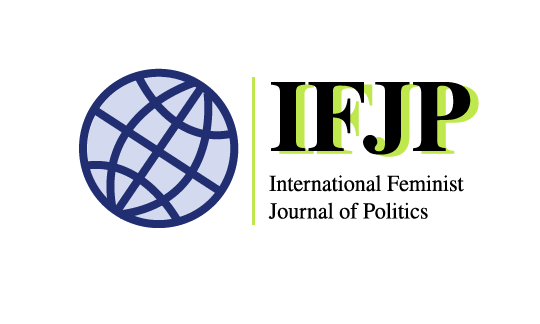The Brick Wall to Break: Women and the Labor Market in Iran
By: Elham Hoominfar (she/her/hers) & Nikzad Zanganeh (she/her/hers)
Iranian women in higher education (Hamed Malekpour-Tasnim News Agency)
Despite the dramatic increased rates in women’s education—Iranian women have been marginalized in the labor market under the Islamic Republic of Iran (IRI) through physical coercion, the educational system, mass media, and legal institutions as well as through schooling and policing. Our research shows why and how the improvement of women’s access to education has not automatically led to amplification of women's employment opportunities in Iran.
After 1979, political Islam came to power in the form of the IRI. According to Islamic doctrine, women are most appropriately situated in the home—where they can fulfill their natural roles as wife and mother. Therefore, the IRI applied different mechanisms to send women back to private spheres, which gradually led to women’s isolation from public spheres such as the labor market. the IRI perpetuates the internalization of sexism and reiterates that sex dissimilarity inevitably results in unequal access to and control over resources and benefits.
In addition, women’s organizations mostly relied on governmental reformism and Islamic feminism (which was the post-revolution version of dependent movements). The Islamic feminism cannot create a liberating alternative for women to challenge Islamic discourse because of the Islamic narrative on women bodies. Indeed, Islamic feminism has strong roots in Islam and is a part of the problem not the solution.
The “Muslim reformers’ concept of democracy and social justice and freedom are profoundly gendered and uphold the notion of the traditional family based on distinct gender roles.” For example, Monireh Gorgi, a woman member of the Assembly of Experts, made it clear that she would promise to improve women’s rights “only within the framework of the teaching of the Qur’an and the Sharia.”
Gender awareness has spread in Iranian society through women’s efforts, and Iranian society is gaining a broader understanding of gender inequality. However, this effort has not become a common response in the fight against the dominant ideology. Due to the suppression, the disappearance of feminist organizations, and the reliance on the existing structure of power to initiate any change, the Iranian women's movement has not yet become an independent, feminist organized ideology. However, commitments and actions would constitute the kind of counter hegemony that could absorb women’s participation in order to break through the brick wall and change Iranian Women’s resistance history.
Read the full article: The brick wall to break: women and the labor market under the hegemony of the Islamic Republic of Iran
Each blog post gives the views of the individual author(s) based on their published IFJP article. All posts published on ifjpglobal.org remain the intellectual property and copyright of the author or authors.
Dr. Elham Hoominfar is a Sociologist in Utah State University. Her research focus concerns social inequalities, environmental issues, natural disasters, gender, and social movements. Before she left Iran, she maintained an active research agenda and has been involved in various research and teaching projects in different institutes.
Nikzad Zanganeh is a freelance researcher and translator. She received her master's degree in Women's Studies. Zanganeh's research interests include labor market, household work, neoliberalism, and intersectional feminism.





